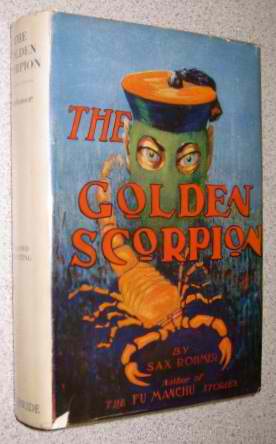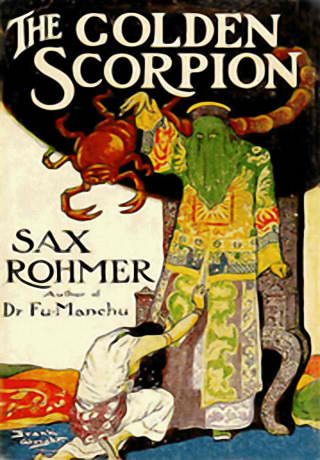Sean Stiennon Reviews Dark Jenny
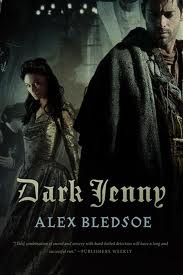 Dark Jenny
Dark Jenny
Alex Bledsoe
Tor ($14.99, trade paperback, 352 pages, April 2011)
Reviewed by Sean T. M. Stiennon
Readers new to Alex Bledsoe’s Eddie LaCrosse series should brace themselves for culture shock, because while the book is set in a medieval world, all the characters have distinctly un-medieval names and mannerisms. Be prepared for Gary, Eddie, Liz, and Angie to appear in the first few pages. In keeping with their anachronistic names, all the characters speak in a modern conversational style. Swords are referred to by make and model, like cars.
It’s a dramatic choice on Bledsoe’s part that will leave many readers feeling alienated, but I think it works. The novels are hard-boiled crime fiction just as much as they are fantasy, and the casual style means that Bledsoe can give his hero Eddie a dry wit that requires no translation to be funny. It also gives the story a freshness that the setting, which is your stand low-fantasy budget medieval, tends to lack.
For my part, I found that once I got past the anachronisms (first in The Sword-Edged Blonde, now in Dark Jenny), I was thoroughly captivated by the raw strength of Bledsoe’s writing and story-telling, and found myself with a book that seemed to stick to my fingers.

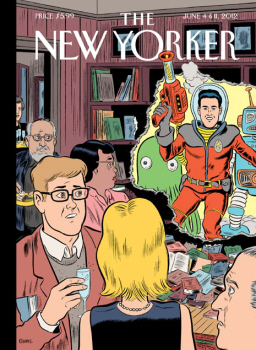

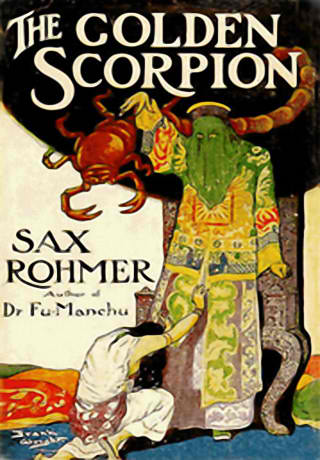
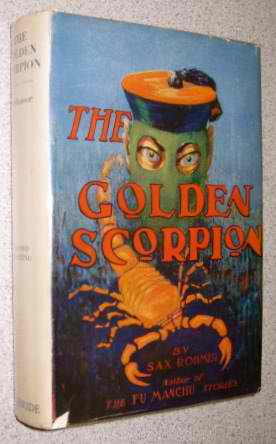

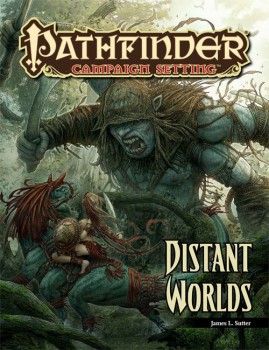
 Before getting into Men in Black Part the Third, I must retract a promise made in an earlier post, where I
Before getting into Men in Black Part the Third, I must retract a promise made in an earlier post, where I 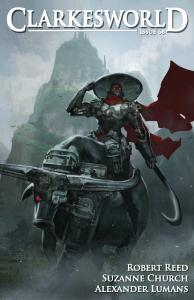 The May issue of Clarkesworld is currently
The May issue of Clarkesworld is currently  ramblings. While I tend to think all this stuff really is the result of a bad acid trip, Critchley as a professor of philosophy for the most part keeps a straight face. Some of you may laugh out loud not only at the source material, but the attempt at exegesis.
ramblings. While I tend to think all this stuff really is the result of a bad acid trip, Critchley as a professor of philosophy for the most part keeps a straight face. Some of you may laugh out loud not only at the source material, but the attempt at exegesis.